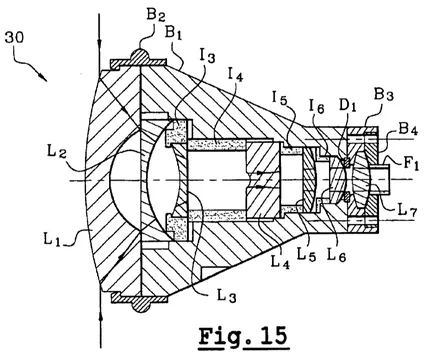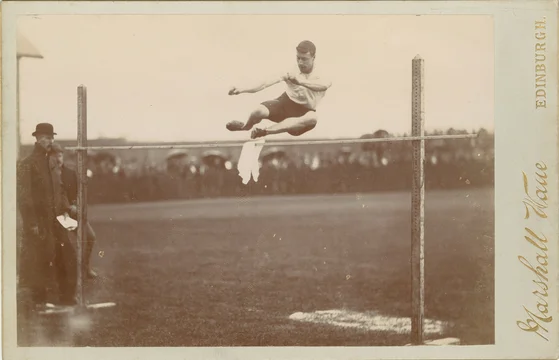
Judge Burke issued a fascinating invalidity decision yesterday in Immervision, Inc. v. Apple, Inc., C.A. No. 21-1484-MN-CJB (D. Del.). It addresses an invalidity issue I had honestly never seen litigated—a "'single means' claim"—and, along the way, it addresses what a claim "element" is and when the "clear and convincing" standard applies to invalidity.
Basically, the whole thing is a page-turner for someone who deals with these issues, and well worth reading. I'll outline some of the most interesting points below.
"Single Means" Invalidity Is a Thing
The invention at issue is an optical lens. The opinion involves an independent claim …








